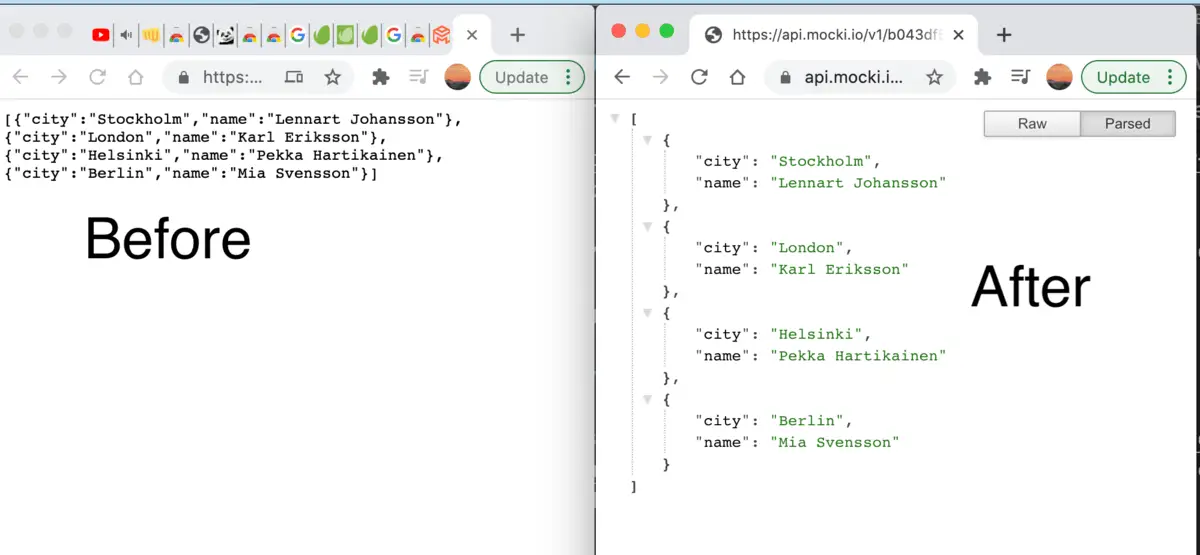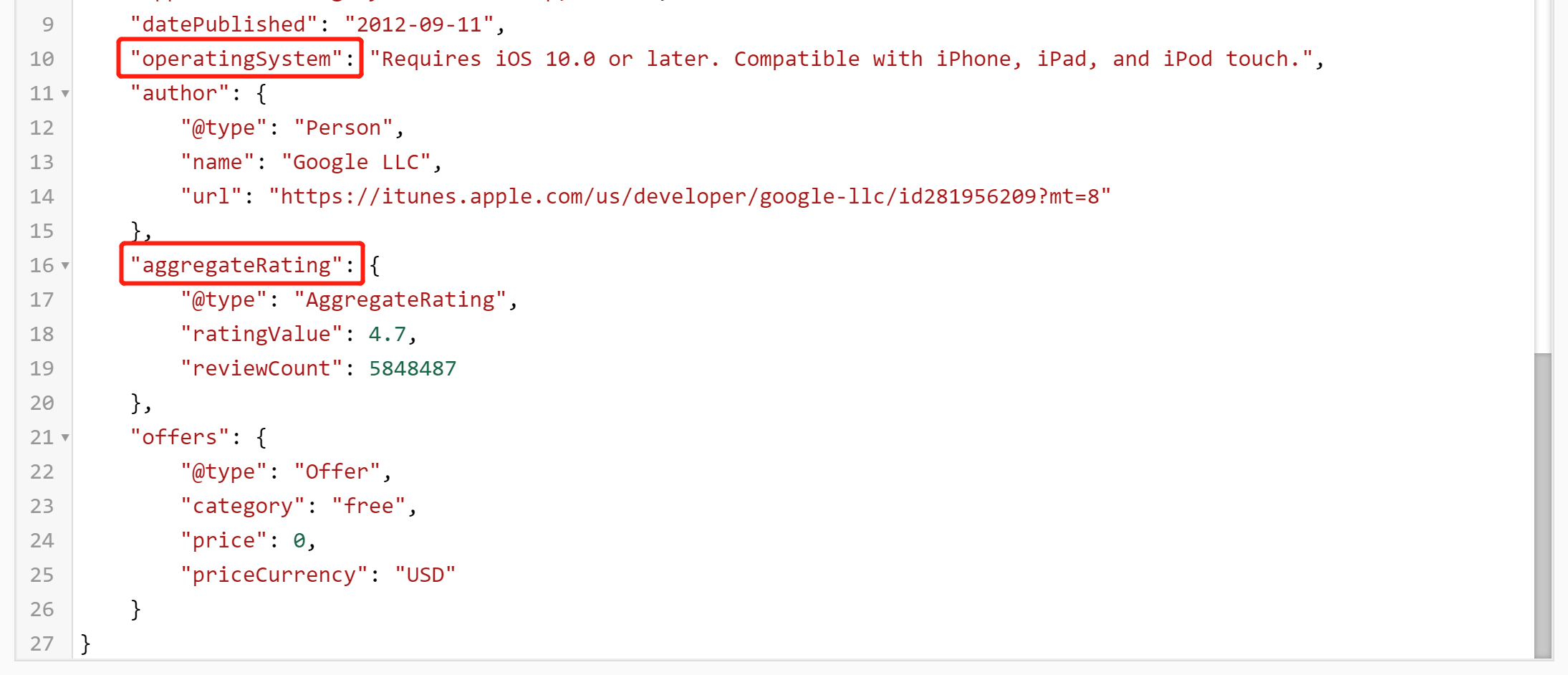
Here’s the script: python:Ħ: "Justify a string to length n according to type."ġ9: "Aligns the vertical bars in a text table."Ģ1: # Start by turning the text into a list of lines.ģ3: # Delete the separator line from the content.ģ6: # Determine how each column is to be justified.ģ8: if formatline = '|': formatline = formatlineģ9: if formatline = '|': formatline = formatlineĥ1: # Assume the number of columns in the separator line is the numberĦ2: # Put exactly one space at each end as "bumpers."Ħ3: linecontent = Ħ6: # Append cells to rows that don't have enough.ħ2: # Get the width of the content in each column.

Which put it in BBEdit’s Text▸Apply Text Filter submenu. I just grabbed the script and saved it to ~/Dropbox/Application Support/BBEdit/Text Filters/Normalize Table.py Was, fortunately, written entirely in Python and had no TextMate-specific features. The more complicated of these, the one that reformats a MultiMarkdown-style table that looks like this |Left align|Right align|Center align|Īnd turns it into this | Left align | Right align | Center align | It wasn’t until this past week that I found myself wishing I had a couple of scripts from my old Text Tables bundle. This turned out to be good motivation there’s nothing like having to do a repetitive task by hand to inspire you to automate it the first chance you get. Unsurprisingly, these situations often arose when I was on a deadline and didn’t have time to stop and rewrite an old script. Instead, I’d rewrite them as needed, waiting until I ran into a situation that really called out for one of my old scripts. Not by continuing to use TextMate for some tasks-that’s a recipe for never switching at all-but by refusing to rewrite all my customizations right away. So when I switched to BBEdit a few months ago, I decided to make the transition slowly. The only thing more daunting than the thought of giving them up was the thought of rewriting them for another editor. This is one of the reasons it took me so long to make the move away from TextMate in six years of use, I’d accumulated a passel of commands, snippets, and specialty language definitions. The more you customize your editor, the harder it is to switch to another one.
#BBEDIT JSON FORMATTER CODE#
The Codable protocol helps to reduce the code and handle the process of serialization and deserialization, making the code more concise and maintainable.Next post Previous post Markdown table scripts for BBEdit This protocol can be used to convert the model object into JSON data easily. This protocol provides a flexible way to use JSON data to parse and store the data into model class/struct. In Swift 4, Apple introduced the Codable protocol which makes the serialization and deserialization process easy. Also, in reverse order, you can convert your custom objects back into raw JSON data using the deserialization process. You can use this class on any platform such as iOS, macOS, watchOS, etc. This class is in-built into the Foundation framework. You can use the JSONSerialization class to convert the raw JSON object into meaningful objects. In Swift, you are able to convert raw JSON data into collections like arrays or dictionaries via a low-level API.

Step 5 − Handle the failure case as this method returns an optional string value.įunc convertDictionaryToJSON(_ dictionary: ) -> String? Step 4 − Convert the JSON data into JSON string using the String(data:encoding) method. Step 3 − Handle the failure case in this method as the data() method returns an optional data value. Step 2 − Using the data(withJSONObject:options:) method, convert a dictionary to JSON data format. Step 1 − Create a global function that takes a dictionary as an argument to convert.

Here is an Example of Converting a Dictionary into a JSON String The serialization and deserialization procedures are handled by the JSONSerialization class. Using the same class, you can also turn a dictionary or an array into a JSON object. To create a Swift dictionary or array, this class needs a string or data object. The Foundation framework for iOS and macOS includes a JSONSerialization class by default.

#BBEDIT JSON FORMATTER HOW TO#
In this article, you will see some examples of how to convert a dictionary into a JSON string. Now using the String(data:encoding:) constructor, convert the JSON data into JSON string format. Here are the steps −Ĭonvert a dictionary into JSON data format using JSONSerialization.data() method which takes a dictionary object as a parameter along with the options. We will use the two steps to convert a dictionary to a JSON string in the Swift language. Swift provides a class called JSONSerialization to convert a dictionary to a JSON string.


 0 kommentar(er)
0 kommentar(er)
